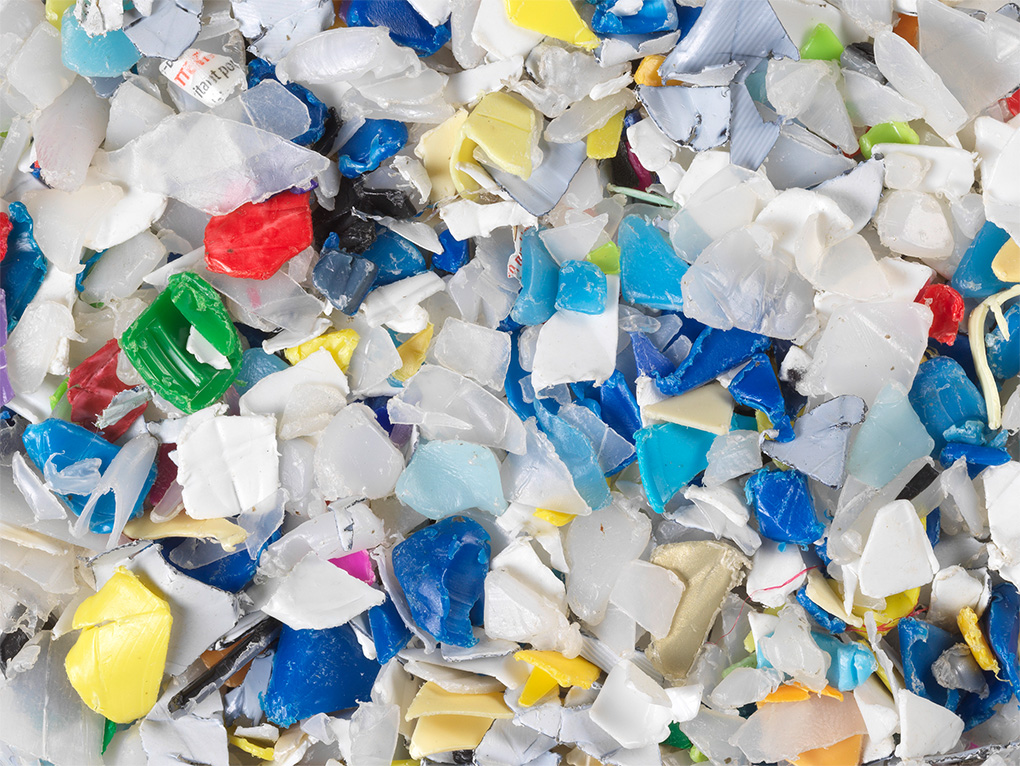High-Density Polyethylene (HDPE) is one of the very widely used parts on the planet, noted for its longevity, flexibility, and strength. From bottles and containers to pipes and textiles, HDPE has countless applications. But, with the increase of environmental problems, Recycle HDPE has changed into a important stage toward selling sustainability. Unlocking the possible of Recycle HDPE through recycling not just helps minimize spend but additionally presents numerous environmental and financial benefits.

1. Significant Spend Reduction
Recycling HDPE represents an integral position in reducing plastic waste. This product, typically present in appearance, single-use pots, and household products and services, includes a extended lifetime if recycled properly. By recycling HDPE, we hold large levels of plastic out of landfills and the surrounding, significantly reducing spend accumulation. Furthermore, recycling HDPE generates a closed-loop process that decreases the requirement for new plastic production.
2. Conservation of Organic Methods
The production of HDPE typically relies on fossil fuels like petroleum, which are non-renewable resources. Recycling HDPE minimizes the requirement for virgin resources, conserving valuable resources. By reprocessing active HDPE products, the need for new fresh resources reduces, causing a lowering of the environmental affect of organic product extraction and refining.
3. Decrease Carbon Emissions
Recycling HDPE contributes to substantial power savings in comparison to making new HDPE from virgin materials. The process of transforming recycled HDPE into new products involves less energy, thereby lowering greenhouse gasoline emissions. These cutbacks in carbon emissions perform a significant position in mitigating environment change, supporting match worldwide sustainability goals.
4. Economic Development and Work Generation
Recycling HDPE fosters financial progress by promoting local recycling industries. From waste collection to selecting and processing, the HDPE recycling segment produces work options, bolstering local economies. Also, as demand for recycled HDPE items develops, firms benefit from cost savings, more stimulating financial growth.
5. Help for a Circular Economy
Recycling HDPE aligns with the rules of a circular economy, where materials are constantly reused and recycled, lowering the necessity for new resources. By diverting HDPE from spend revenues and reintroducing it into the production pattern, we could increase the lifetime of products, decrease spend, and foster more sustainable creation methods.

Conclusion
Recycling HDPE unlocks significant environmental and economic potential. From waste reduction to source conservation and lower carbon emissions, the benefits of recycling that functional plastic are clear. By supporting and improving HDPE recycling, we could pave the way toward an even more sustainable, round economy, ensuring a greener future for ages to come.
